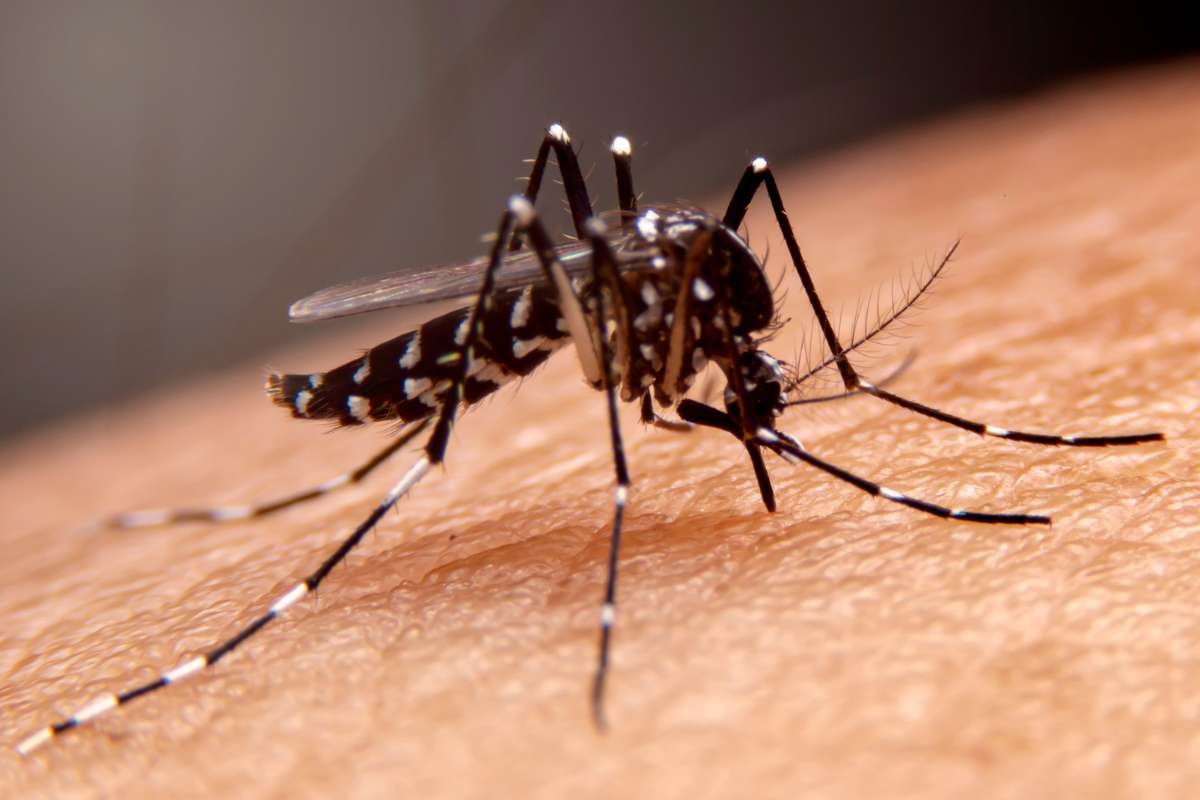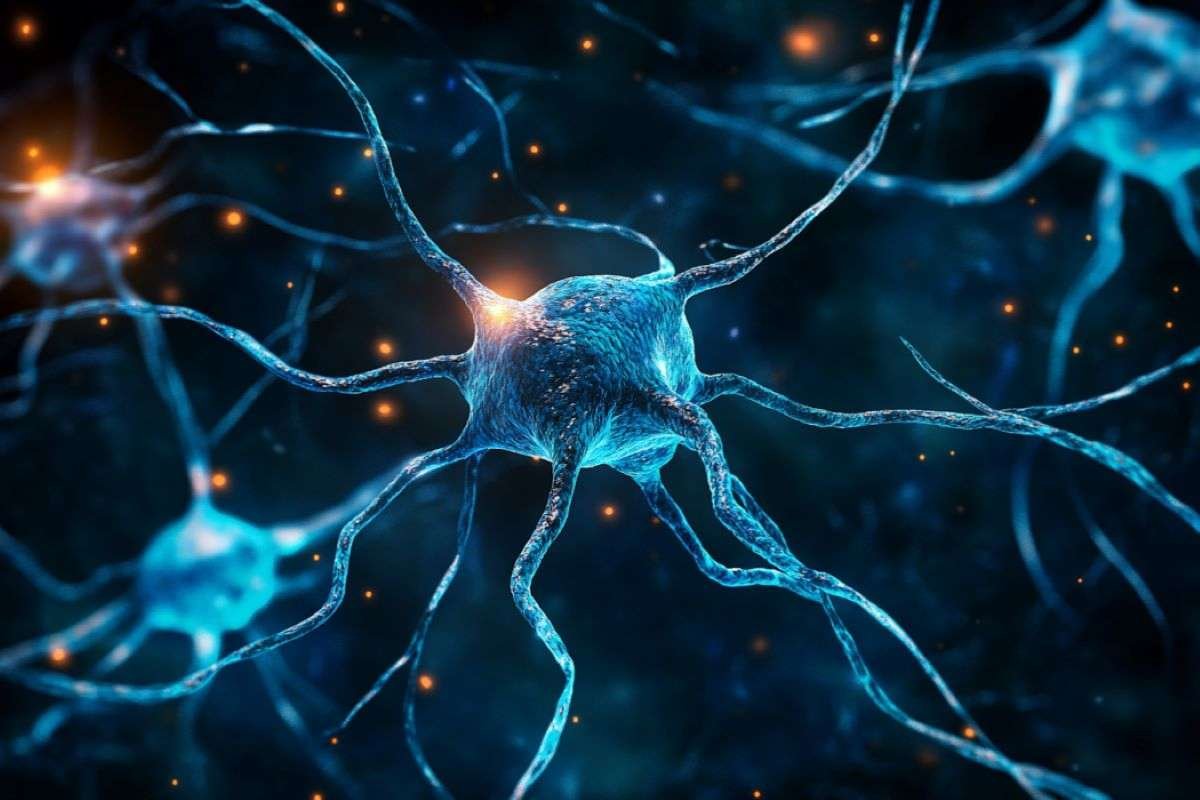Key Points:
- Rare Case: Four sisters from West Virginia were all diagnosed with the rare brain disorder Chiari malformation.
- Successful Surgeries: Each underwent surgery and is now recovering well.
- Early Detection Key: Doctors stress the importance of early diagnosis for better outcomes.
West Virginia, Oct. 27 — In a rare medical case, four sisters from West Virginia have been diagnosed with Chiari malformation, a neurological disorder in which brain tissue extends into the spinal canal. The condition, which can cause headaches, weakness, nerve pain, and even paralysis, affects only a small number of people and is seldom found in multiple members of the same family.
Paul and Ashlee Higginbotham, parents of six children, said their youngest daughter, Austyn, was the first to show symptoms. She cried constantly, rarely smiled, and showed signs of delayed development. After several medical consultations, doctors conducted genetic testing, which revealed that she had Chiari malformation.
“When Austyn’s MRI results came up on my screen and we read the diagnosis of Chiari malformation — that was the moment our world was flipped upside down,” Ashlee said.
Austyn underwent brain surgery after doctors discovered that her brain tissue was pressing against her spine and blocking spinal fluid. Her parents took her to New York for the procedure, which was successful. “She was smiley. It was like the pain she’d always felt was gone,” Ashlee said.
However, just days after Austyn’s surgery, the family faced another diagnosis. Their three-year-old daughter, Amelia, was found to have the same condition along with a tethered spinal cord, which required surgery as well. Soon after, seven-year-old Aubrey began showing symptoms, including mood changes and recurring urinary tract infections.
By the end of the year, three of the sisters had undergone complex surgeries. Then, 11-year-old Adalee, who had suffered years of leg pain, was also diagnosed with Chiari malformation. “You hear of people having one or two kids with Chiari malformation, but four?” Ashlee said.
Doctors treating the sisters said it is “unbelievably rare” for four siblings to share the same condition. Only about 10 percent of Chiari malformation cases are thought to be genetic.
Dr. Greenfield, who oversaw the surgeries, said that while Chiari malformation is not uncommon in isolation, multiple familial cases are highly unusual. “This case shows how important early diagnosis is, especially when symptoms appear in young children,” he said.
After a series of surgeries and months of treatment, all four girls are now recovering. “It is a relief to finally see the children healthy. Dr. Greenfield gave us our family back, and that is the most amazing gift anyone could get,” Ashlee said.
About Chiari Malformation
Chiari malformation is a structural defect in the base of the skull and cerebellum — the part of the brain responsible for muscle movement, balance, and coordination. It occurs when the skull is smaller than normal or misshapen, causing brain tissue to push into the spinal canal.
The condition can lead to symptoms such as headaches, dizziness, loss of balance, and muscle weakness. In severe cases, it can cause nerve damage or paralysis. Diagnosis often involves MRI scans, and treatment may require surgery to relieve pressure on the spinal cord and restore normal flow of spinal fluid.
While most cases are sporadic, some are genetic, indicating that families with one diagnosed member may benefit from screening other children. Medical experts recommend monitoring symptoms like chronic headaches, neck pain, or coordination issues, as early detection can prevent long-term complications.
For the Higginbotham family, the ordeal has been challenging but has also brought hope. “We’ve been through so much, but seeing them smile again makes everything worth it,” Paul said.







